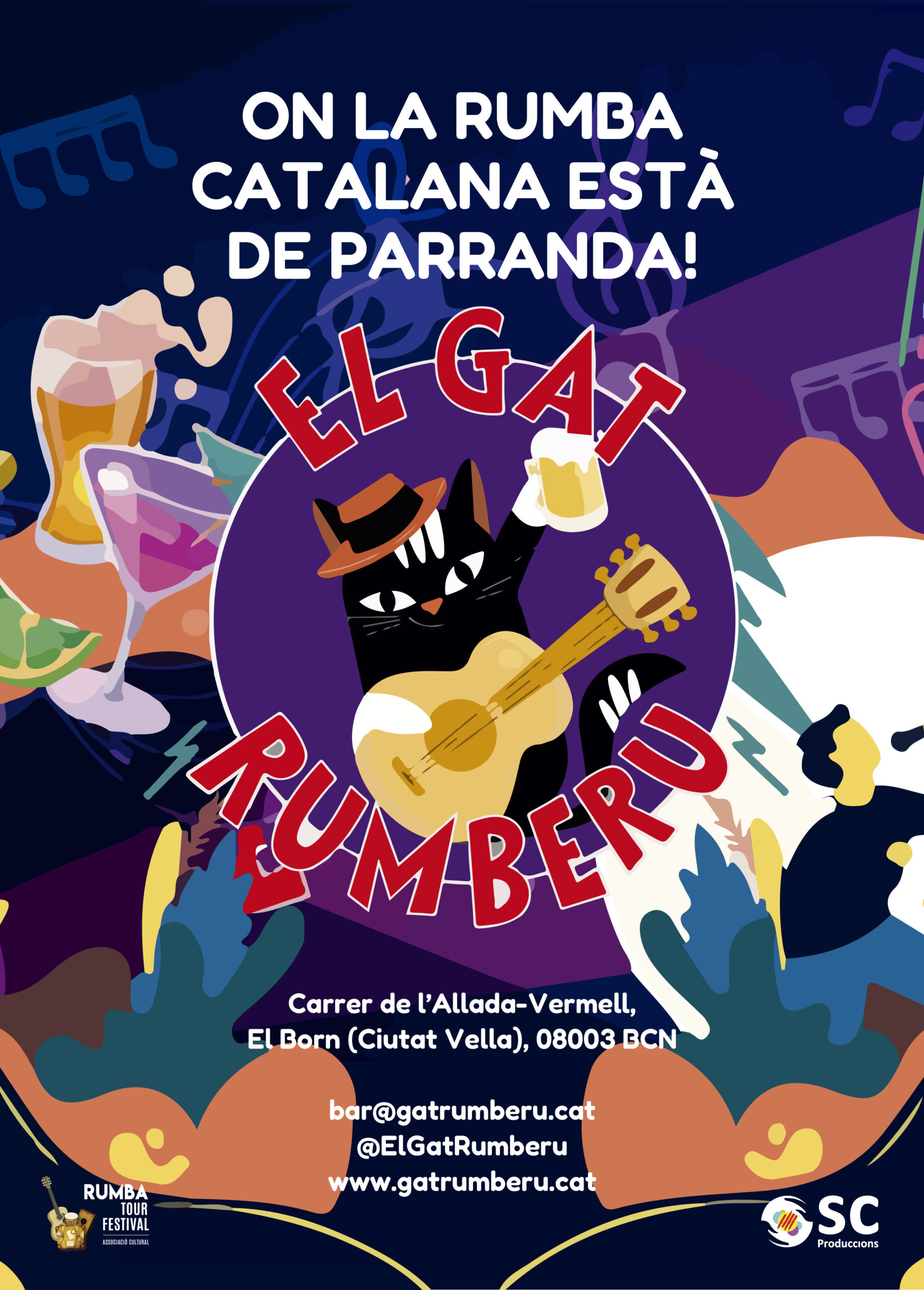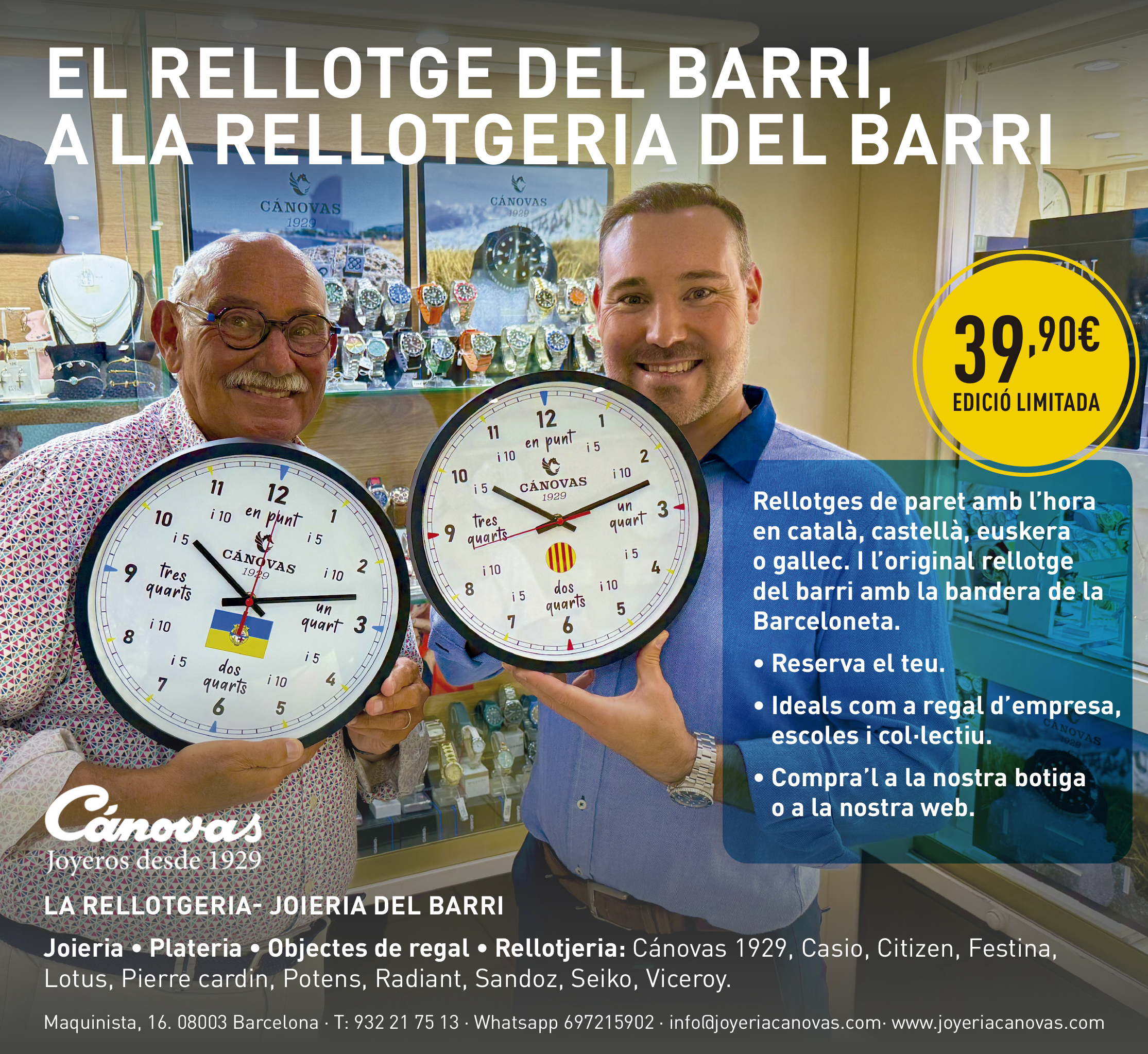There was a time when every neighbourhood had its own cinema or cinemas. Barcelona had more than 230 cinemas in the 60s and 70s. Of course, Barceloneta had its own: the Cine Marina, the Cine Barcino and, without forgetting the La Salle Barceloneta.
They were not the sumptuous rooms for the big premieres, they were what were known as neighbourhood cinemas . continuous sessions and double programs in which NO-DO (until the mid-1970s) and two films were shown, one after the other, with a short break . Sometimes even a documentary, plus the subsequent advertisements.
These cinemas survived well into the seventies. Ours, those in Barceloneta, specifically the Marina Cinema until 1979 and the Barcino Cinema until 1981.
Double program and continuous session
Going to the cinema was a ritual. After buying tickets at the box office, on entering the cinema, an usher, torch in hand, was in charge of getting people into their seats. With better or worse visibility depending on how much they were used to tipping him.
They offered a continuous session with their ‘magnificent’ double program that varied every week. The sessions usually started at four in the afternoon and ended after midnight. There was enough time to watch the two films of that week and repeat if you wanted to, or ‘hook up’ with the first of them in case you had entered with the session that had already started. The price was much more affordable than that of the big premiere cinemas in the centre of Barcelona.
Cinema for everyone
The neighbourhood cinemas had a fairly loyal audience. Gangs of young people and teenagers, engaged couples, entire families with their children and grandparents, the odd loner and even the odd ‘neighbourhood film buff’. It was the ideal place to spend the afternoon with friends eating sunflower seeds – without paying the slightest attention to the sign prohibiting eating them – peanuts and sweets without your mother calling your attention to you. The older ones even had time to take a nap. And for the young couples, the darkness and intimacy, especially in the back rows, facilitated their first teenage kisses and, if they were lucky, a little something more.
Cowboys, Romans, comedies, horror movies….
The criterion for this double programming was not always very logical, but they tried to ‘throw in’ films of different types to satisfy such a varied public. The advertising posters and a selection of stills printed on rigid cardboard, placed in showcases at the entrance, provided enough information as a hook to convince you to go to the box office to see ‘a cowboy movie, or a Roman movie, or a comedy, or a horror movie, or a war movie, or a cops and robbers movie, or a Martian movie’. Because the term ‘genre’ was for the few knowledgeable cinephiles.
And then came the video store
Almost everything comes to an end, and the continuous-session cinemas were gradually shut down, running out of audience, disappearing as leisure moved indoors, first with the TV, then with the video store and finally with the Internet.










